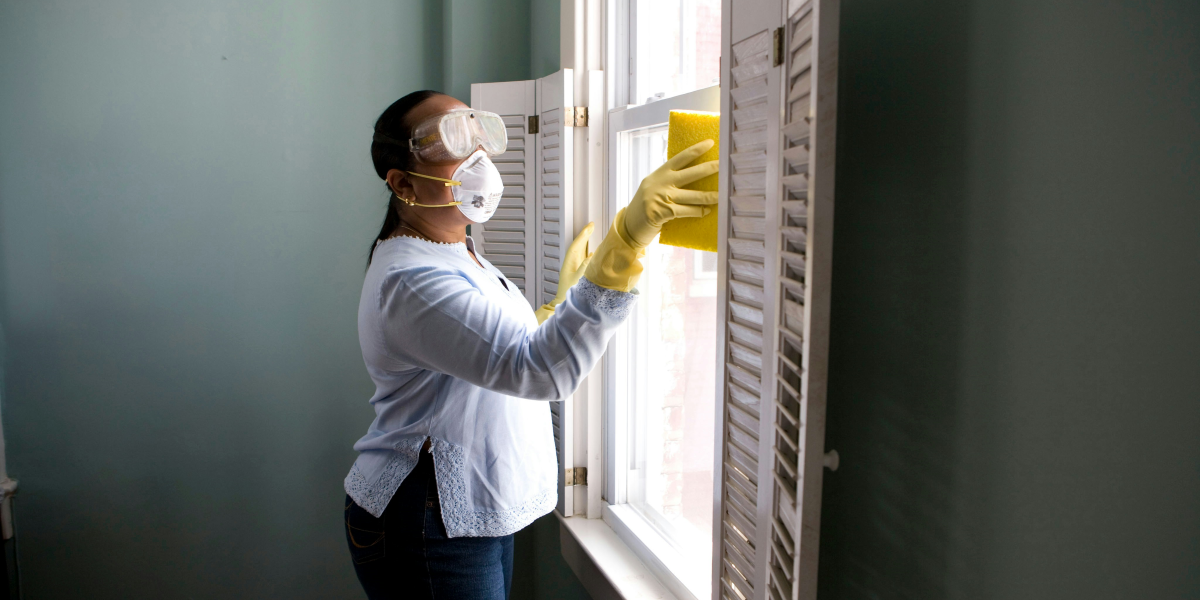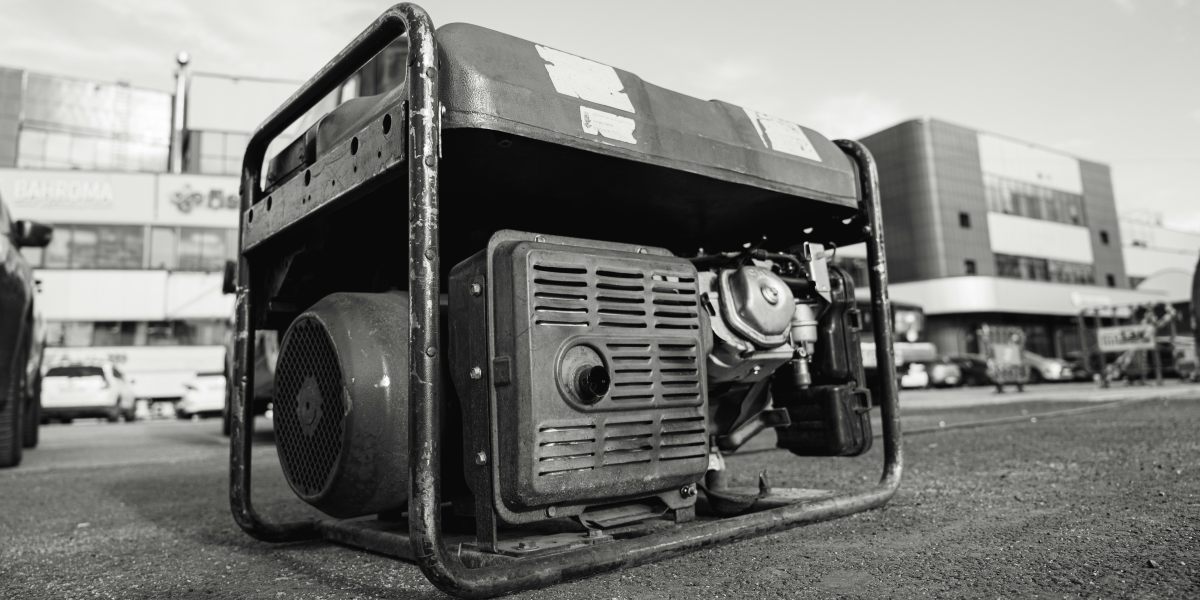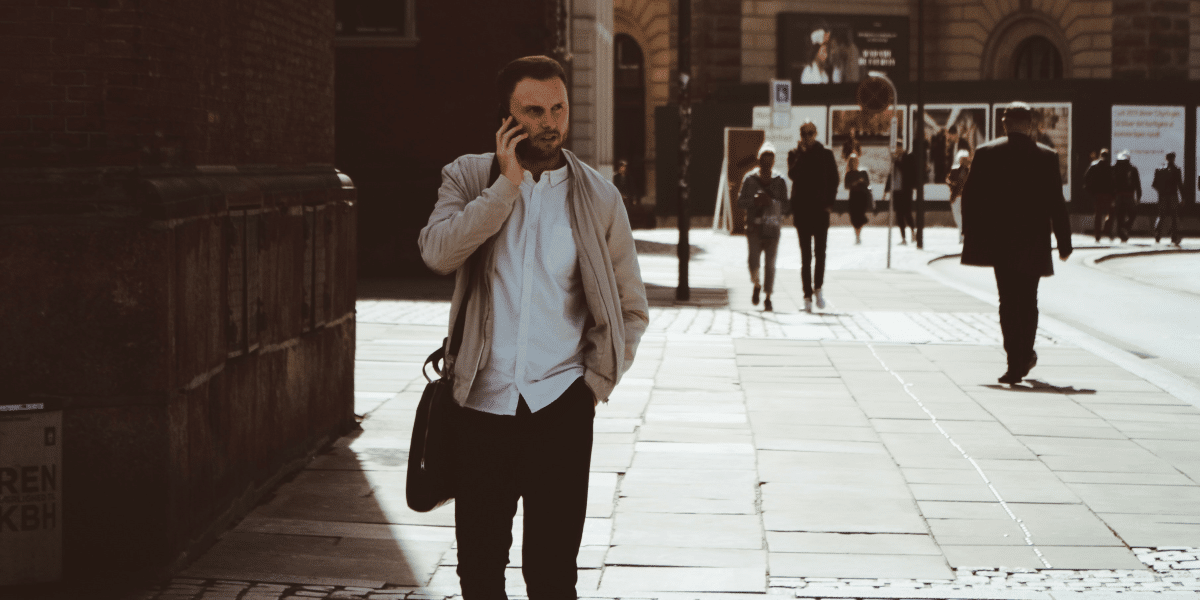Image commercially licensed from Unsplash
A child survivor of the Holocaust, Trudie Strobel never talked about the trauma she experienced in Nazi Germany. But later in life, after raising two boys in California, the horrors of her youth resurfaced, triggering a paralyzing depression.
A therapist suggested that she draw her haunting memories since she could not speak about them. Trudie took his advice, but instead of pencil and paper, she turned to needle and thread. This survivor began by stitching her memories and then continued stitching, weaving together the history and culture of the Jewish people in breathtaking large-scale tapestries. Along the way, she resurrected the Yemenite stitching of her ancestors.
In a time when the Holocaust is drifting from living memory into the pages of history, the vital importance of Strobel’s work cannot be overstated. She pours life into threads, encapsulating her devastating experiences in intricate tapestries that serve as a silent but powerful testament to the human will to survive.
The tapestries are silent witnesses, unflinchingly depicting the genocide’s brutal reality and acting as a plea for understanding, tolerance, and peace. Her work illuminates the resilience of the human spirit and is a poignant reminder of our shared humanity. Stitched into each piece is a narrative of survival and hope, weaving together not just fabric but also poignant memories and timeless lessons.
Strobel’s story and art caught the attention of Jody Savin, an Emmy-nominated writer and film producer known for 2008’s Bottle Shock and the award-winning documentary Chico Mendes: Voice of the Amazon. Working with Strobel, Savin wrote the book, Stitched & Sewn: The Life-Saving Art of Holocaust Survivor Trudie Strobel. In it, Savin wrote about how a needle and thread saved Strobel’s life twice, first during the war when her mother’s talent as a seamstress kept them alive in the camps and later when the art of stitching lifted Trudie from depression.
“I was stunned by the artistry as well as the messages implicit in Trudie’s incredible body of work,” said Savin. “She needed to get her story out into the world, and I was honored to help her do just that.”
Now, Savin is working with her husband, film director Randall Miller (Coffee Wars and Bottle Shock) to bring Strobel’s work to the big screen. The couple is making a documentary about Trudie and is traveling to the Midwest to speak with students about the rise in antisemitism and the need for a more tolerant society.
“Meeting a Holocaust survivor and hearing their first-hand testimony is the most effective way to understand the horrors of what happened,” said Savin. “Our hope is that this documentary will bring necessary attention to the increasing antisemitism around the world and help put a stop to it,” adds Miller.
As for Strobel, she sees the book and the documentary as an opportunity to ensure that future generations are educated about the Holocaust and the perils of all forms of intolerance.










